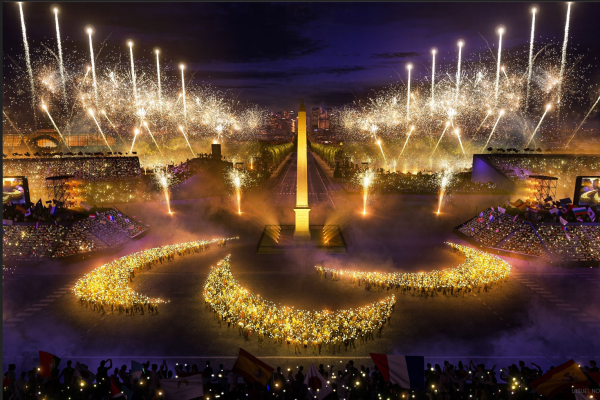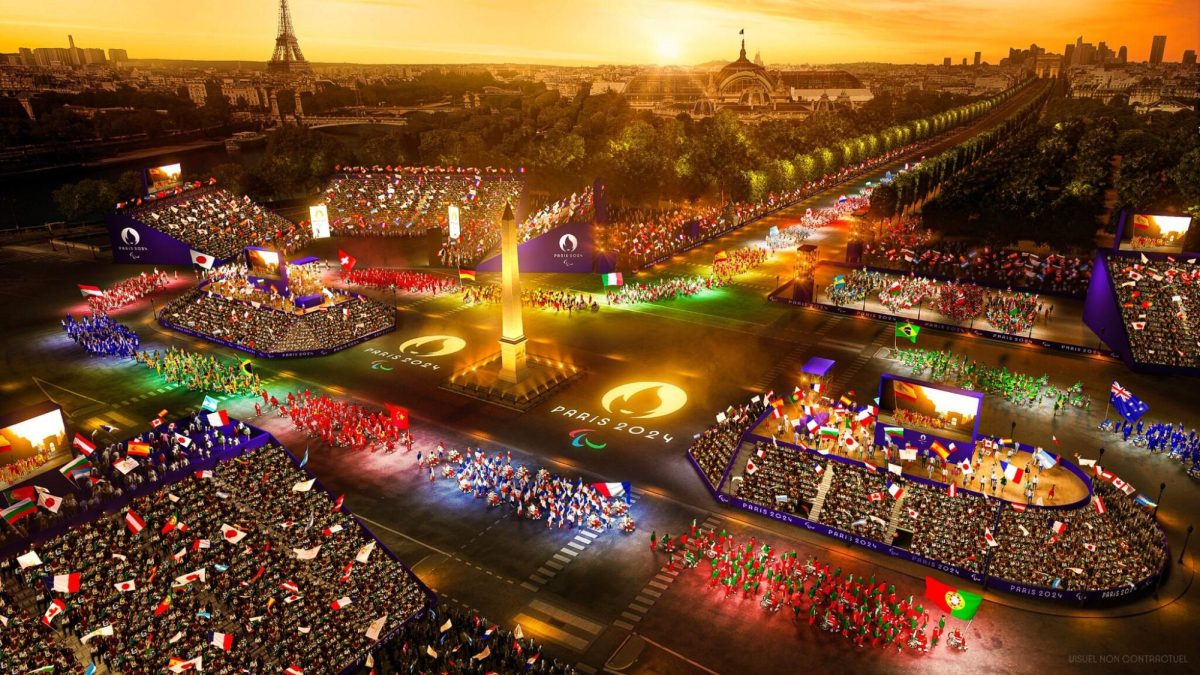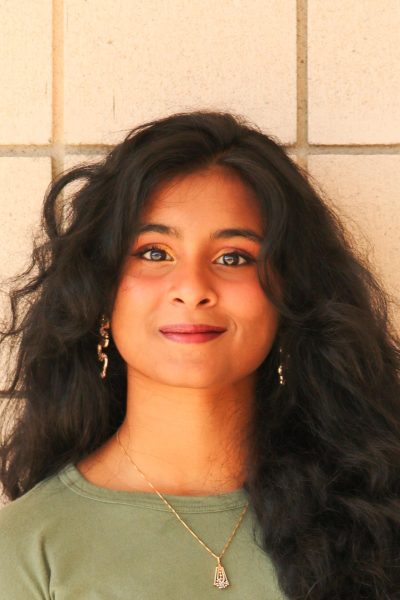Opening Ceremony
The Paralympics kicked off to a spectacular start on Wednesday, August 28, as the opening ceremony started at 1pm ET. The world famous Champs-Élysées served as the initial venue, with a procession that involved 168 delegations. The celebration included traditions such as the hoisting of the Paralympic flag and the Paralympic Oath (honoring determination, equality, inspirations, and courage). It was broadcasted on NBC and Peacock, where the rest of the games will be shown throughout the 12 days of the competitions.
History

The Paralympic Games started out during the mid 1900s, when a German-British neurologist by the name of Ludwig Guttman created the Stoke Mandeville Games. The games were initially meant for his patients, military war veterans who all used wheelchairs and had spinal injuries. It was meant to help the patients recover, and was intentionally held on July 29 1948, the same day as the opening of the London Olympics.
Before this, disabled people had competed in the Olympics. But with many coming home from serving during World War Two, the Stoke Mandeville Games gained traction from attendees all over the world. It eventually evolved into the Paralympic Games, and grew to suit a wide range of disabilities.
In 2001, the International Olympic Committee (IOC) and the International Paralympic Committee (IPC) signed an agreement known as “one bid, one city.” This meant that any city placing a bid for the Olympics would agree to host the Paralympics as well.
Paralympics Today
That 2001 deal made a real impact in the host cities, notably in how accessible they became for disabled residents. According to Britannica, China invested over $150 million in accessible infrastructure, and modified 14,000 facilities and 60 tourist spots. Paris has also seen notable changes in and around the city as the Paralympics brings more attention to the needs of the disabled population.
2024 Paris Paralympics
The 2024 Paris Paralympics will begin on Wednesday, August 8th with the opening ceremony, and will run through Sunday, September 8th. IT will showcase around 4,400 athletes from around the world, competing in 22 different sports with 549 medal events. The medals will be made of a piece from the original Eiffel Tower, and are designed to be distinguished by touch and include engravings and Braille.

Categorization
But why so many medals? For 22 different sports, including all the individual events and the three medals for each, there doesn’t seem to be a need for more than 100 or so. Where are all the 1,647 medals going? Well, the Paralympics are not quite structured like the Olympics.
On top of being sorted into different events, athletes are pulled aside for evaluations of their level of impairment. The IPC groups disabilities into three kinds of impairments: physical, visual, and metal. The physical type is further divided into: impaired muscle power, impaired range of motion, limb deficiency, leg length difference, hypertonia, ataxia, athetosis and short stature.
Some sports provide opportunities for athletes with all ten impairments, while others (like goalball) are meant for only one kind of impairment. After assessing an athlete, the association then sorts them into classes within their impairment. An athlete with partial/foggy vision loss might be sorted into a different class than an athlete with complete loss of vision.
Each of these classes will have their own competition, and the medals will be given accordingly within each class.
Where to Watch
The Paralympics will be broadcasted on NBC and Peacock, as the Olympic games were too weeks ago. However, the Paralympics has received less attention than the Olympics, and many are calling for more coverage.




